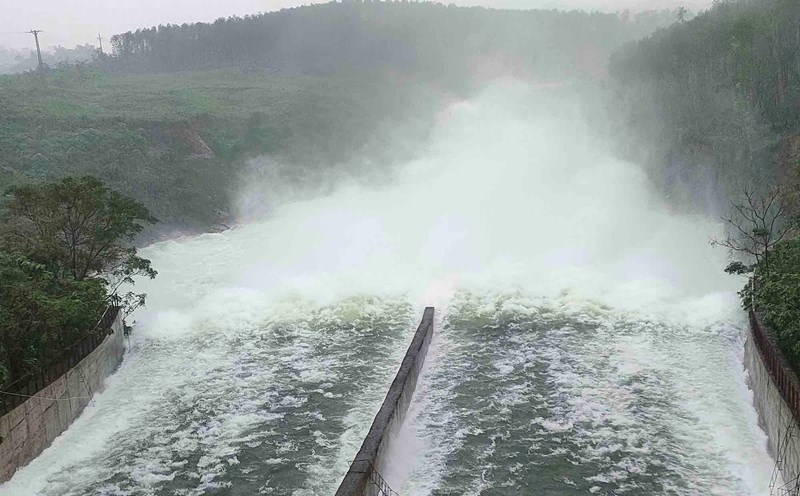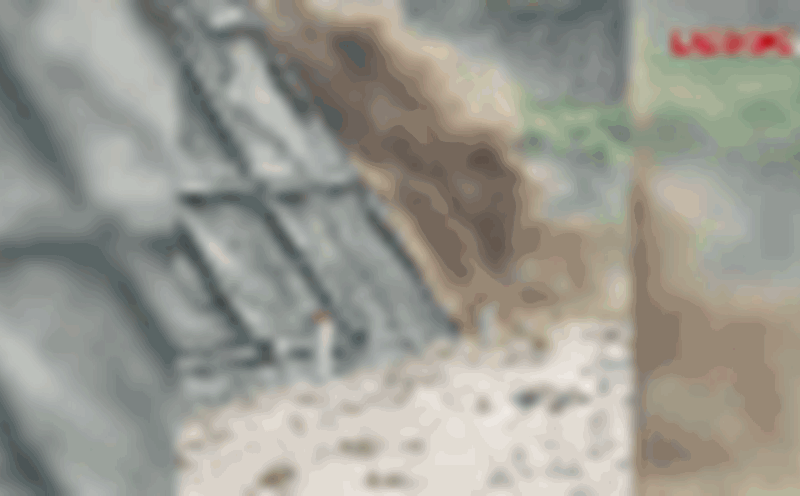Malaysia Airlines flight MH370 disappeared while en route from Kuala Lumpur to Beijing. The Boeing 777 was carrying 239 people at the time of its disappearance.
The search for MH370 has been going on for years but inexpected, many people have compared the search to being as difficult as digging for a needle at the bottom of a tank.
Currently, modern technologies such as artificial intelligence, quantum computers, and advanced satellite systems are expected to help find MH370, NDTV said.
AI and machine learning
Large language models (LLM) are trained on a large amount of data that can be used to respond to search queries and related content. Scientists believe that providing AI with huge volumes of data from satellite data transmissions, ocean currents and previous search areas for MH370 could help find the blind spots that humans may have missed.
AI plays an important role in re-evaluating previous data with new understandings, capable of narrowing down the search area more accurately than ever.
Recently, a study claimed that AI can predict the strong solar storm that hit Earth last May. If the same reversal technique is applied to AI systems involved in the search for MH370, the breakthrough could be very close.
quantum computing
quantum computing has made great strides over the past decade. With the ability to process complex calculations at speeds not achievable when using conventional computers, the environmental conditions of the Indian Ocean at the time of MH370's disappearance could be recreated and modelled.
Last December, Google announced a new quantum computer powered by Willow chips, which can complete a complex calculation in less than 5 minutes.
If such powerful quantum computers are used to analyze the ocean's effects on the flight path after MH370's final contact, it could record the events that happened to the Malaysia Airlines plane on March 8, 2014.
Advanced satellite technology
Modern satellite systems have made significant strides in recent years, with improved resolution and the ability to collect real-time data, especially with the participation of private companies such as SpaceX.
Today's modern satellites can monitor large seas, providing clearer images and data on sea surface conditions, which could indicate the presence of debris or unusual oceanographic models that could match the crash site of MH370.
Sharing with Economic Times, aviation safety expert Grant Quixley believes that the integration of new technologies can finally solve the mystery of the disappearance of MH370.









